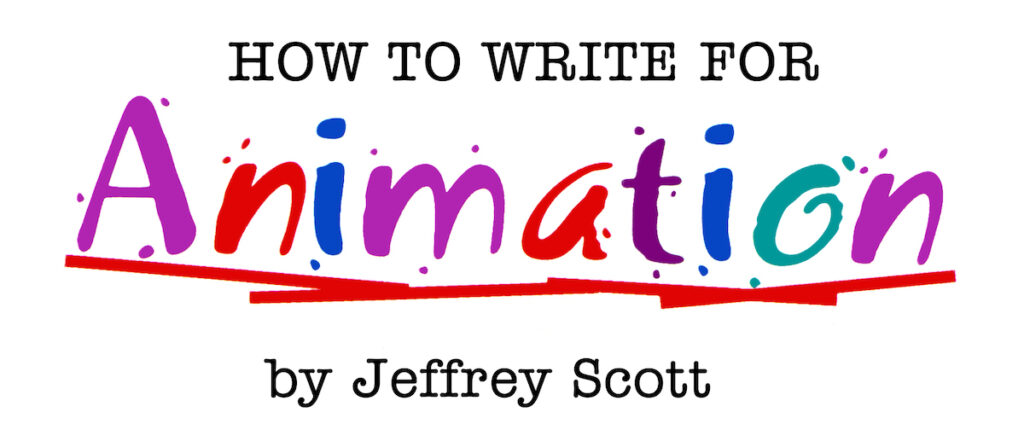
Why did the animated chicken cross the road? Because there was a big truck coming and cartoon violence is funny stuff. But what happens when that big truck tire hits that wide-eyed chicken? Figuring that out is where the fun is!
There’s a term in our industry called cartoon logic. It means that no matter how wild something is, there’s still got to be at least a little bit of sense, or physics, to it. An example of this would be a character running through a wire fence and suddenly sliding apart into a pile of slices. The logic goes sort of like this: if it works for a salami, it works for a cartoon character. This kind of logic is great fun, but it has, at its foundation, something that is not very funny at all—an understanding of the way things work, or logic.
There’s that word again. Logic! It may sound like a dry, boring, mathematical subject that has nothing whatsoever to do with humour. But believe it or not, logic is at the root of all of humour.
Humour is based on illogical sequences. You’re not supposed to step on a rake head and have the handle thwack you in the face and react with a silly expression. It’s not a logical thing to do, and that’s why it’s funny. The smarter the person who steps on the rake the more illogical, and thus the funnier it is!
It’s not logical for a coyote to run off the edge of a cliff, stop in midair, and look at the camera with dread. So, we laugh. When was the last time you laughed at a man turning on the faucet and having water come out? Probably never—because it’s perfectly logical. Yet it’s not logical to have the water come out of his ears, and so we laugh at it.
This, by the way, tells you why you have to know your audience before you can write humour for them, and why they have to be educated. They have to know what’s logical before they can understand, and laugh at, what isn’t. This also tells you why physical comedy, such as slapstick, gets the most laughs. You don’t have to be a Harvard Ph.D. to understand it.
Something happening where it’s not supposed to, when it’s not supposed to, in a way it’s not supposed to, are all illogical, valid approaches to comedy. Conversely, things not happening when, where, and in a way they’re supposed to, are also funny. However, just being illogical doesn’t make something funny. A man trying to cut grass by praying to the gods is tragic. A man trying to cut grass with a toenail clipper is funny. You have to be somewhat logical in your illogic.
To make dialogue funny you can set up a logical question or idea, then surprise the audience with an illogical (thus unexpected) response. For example, in a Teenage Mutant Ninja Turtles script I wrote, Michaelangelo, when referring to how hard it’s going to be to find a missing kid, tells Raphael, “It’s gonna be like finding a noodle in a haystack.” When Raphael questions, “You mean needle, don’t you?” Michaelangelo surprises us with his unexpected answer, “I was trying to be optimistic, dude.” It is illogical to think that a noodle in a haystack is going to be much easier to find than a needle.
When plotting a story, whether drama or comedy, make sure it’s logical. When you’re writing gags, make sure they’re as illogical as possible.
©Jeffrey Scott, All Rights Reserved
Jeffrey Scott has written over 700 animated and live-action TV and film scripts for Sony, Warner Bros., Disney, Marvel, Universal, Paramount, Columbia, Big Animation, Hanna-Barbera and others. His writing has been honored with three Emmys and the Humanitas Prize. He is author of the acclaimed book, How to Write for Animation. To work with Jeffrey visit his website at www.JeffreyScott.tv.
Read other articles from this series:
#1 The difference between live-action and animation writing
#3 It all begins with a premise
#4 The secret to developing your story
#5 Finding the scenes that MUST be there
#7 How to easily transform your outline into script
#8 A brief introduction to script writing
#9 How long should your scenes be?
#10 How to (and NOT to) edit your writing
#13 The importance of communication
#17 Assuming the point of view of your audience
